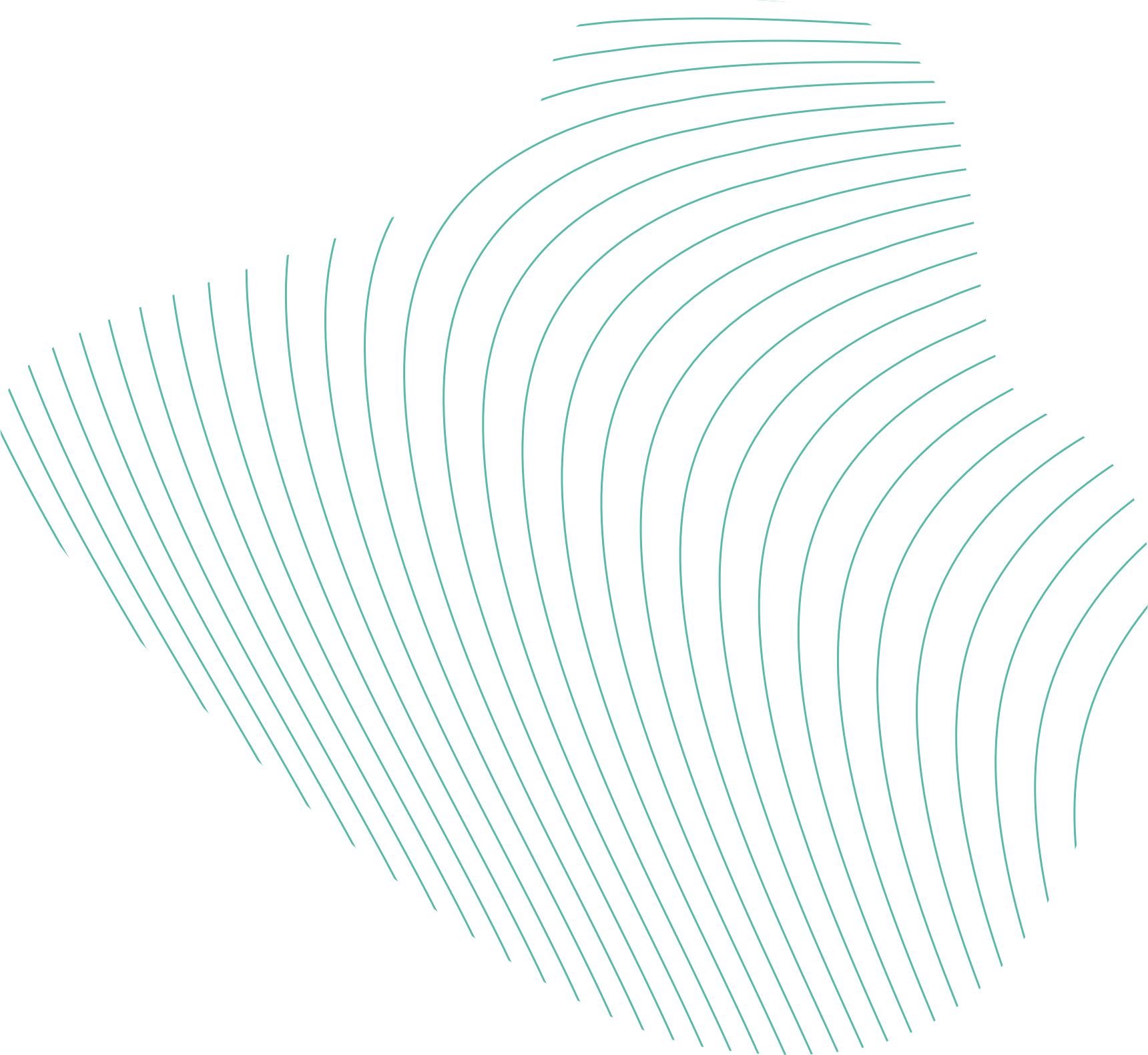


| Mine drainage | 520 million m3 |
| Water input to bodies of water | 270 million m3 |
| Water discharge for eco purposes | 96 million m3 |
| Water discharge for water works | 28 |
| Water discharge for technical purposes | 126 |
| Well facilities | 1,150 units |
| Pipe network | 1,000 km |
| Waterworks | 9 |
Water is vital
As a result of loose top strata, Rhenish lignite can only be extracted in open-cast mines. For this reason, the water table must first be lowered, i.e. brought to the surface and piped away. At RWE Power, a separate company is responsible for this. Known informally as “BOWA”, it has its headquarters in Bergheim (Rhine-Erft district). Among other things, it operates several hundred wells around the three mines and has an extensive network of pipelines. Of the 580 million cubic metres of ground water currently available every year, about half is used as cooling water for the power plants, for example, as drinking water for the public supply and as “environmentally friendly” water for endangered wetlands.
Security of supply
The lower water table can be measured far beyond the mines themselves. However, this does not cause any damage to the majority of the region. After all, the roots of arable crops, trees and garden plants rarely have any contact with the groundwater in any case. Instead, it is loess, the loamy, fertile topsoil in the plains, that provides the plants with moisture. Loess stores a lot of rainwater and only releases the water very slowly. The water supply is also secured for the population and local economy at all times.
“Environmentally friendly” water for wetlands
One exception is river flood plains, where the water table is very close to the surface. They may dry out as a result of the water table being lowered in the course of mining operations. This has to be prevented in order to protect endangered wetlands. For this reason, the water management division of RWE Power provides such areas with an extensive, underground pipeline network from two environmentally friendly waterworks in Jüchen and the Wanlo district of Mönchengladbach. The water is generally deposited into the soil near the wetlands. It mixes with precipitation on its way to the biotopes and maintains the natural water table within the wetland area.
The current major project of RWE Power's water management experts is the construction of a 45-kilometre pipeline from the Rhine near Dormagen to the Garzweiler and Hambach opencast mines. From 2030, the pipeline will be used to fill the troughs of the then closed opencast mines, permanently stabilize the groundwater conditions in the Rhenish mining area and provide eco-water for wetlands.

